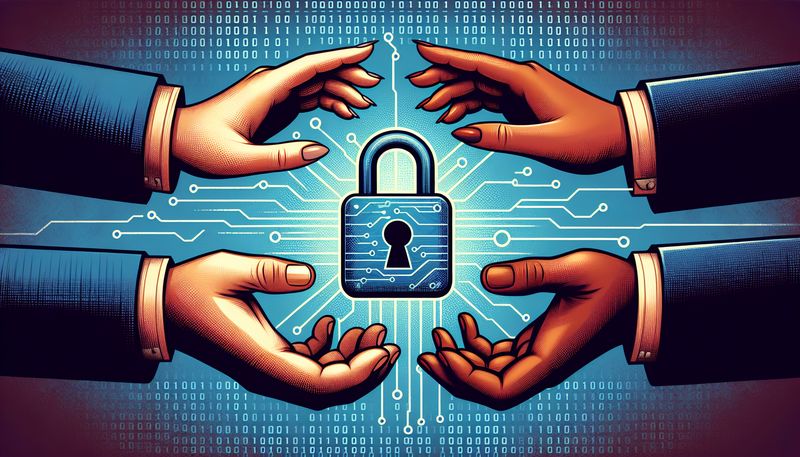How Digital Timestamps Protects Against File Tampering
21 April 24
In today's digital age, the protection of intellectual property is a grave concern. With the rise of cybercrime, it's become increasingly necessary to have robust safeguards in place, one of which is the use of Digital Time Stamps. This service, offered by digitaltimestamps.com, allows individuals to store an encrypted fingerprint of their work on the blockchain. This not only proves ownership of the intellectual property at a specific point in time but also serves as an efficient tool for copyright protection.
Digital Time Stamps presents a unique solution against file tampering. They offer a service that creates a unique digital signature for each document or file. This digital signature acts as a seal of authenticity; any tampering with the file can be easily identified as it will alter the digital signature.
What makes this service stand out is the level of transparency and accessibility it provides. Anyone can verify a file without needing an account, making it a widely accessible tool. The verifications are free, and a comprehensive list of processed files, their timestamp proofs, and transaction history is openly available. It's a cost-effective and trustworthy solution, with each file costing a mere $2.50.
One of the core strengths of Digital Time Stamps is the use of the Bitcoin blockchain. By leveraging the decentralized and publicly auditable nature of this technology, Digital Time Stamps offers a near-instantaneous timestamping process. This eliminates the wait for Bitcoin confirmations, making the service swift and efficient.
Whether it be for document sharing, securing file integrity, or ensuring video integrity, the applications of this service are wide-ranging. Digital Time Stamps is a powerful tool in the fight against file tampering, providing peace of mind in a world where digital data is increasingly vulnerable.
By prioritizing the use of Digital Time Stamps, individuals and businesses can considerably enhance the security of their digital assets. It's a simple, cost-effective, and reliable method of ensuring the integrity of files and protecting intellectual property rights.

